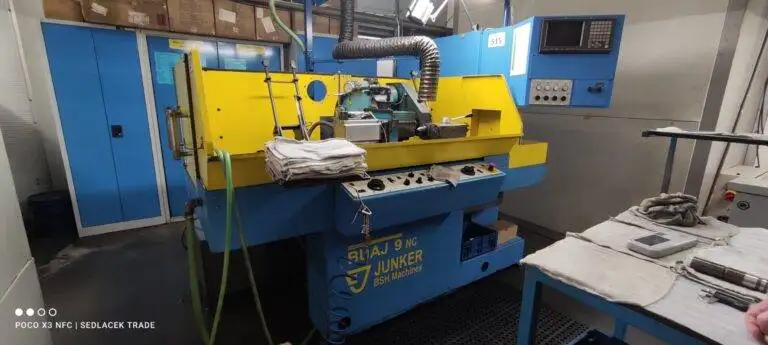Overcoming Challenges: Integrating Legacy Systems into Industry 4.0 Infrastructure

The advent of Industry 4.0 has brought about a paradigm shift in the manufacturing landscape, introducing advanced technologies such as the Internet of Things (IoT), big data analytics, and artificial intelligence. These technologies have revolutionized how businesses operate, enabling increased efficiency, improved productivity, and enhanced decision-making. However, the integration of legacy systems into this new infrastructure poses a significant challenge for many organizations.
Legacy systems, typically older computer systems or software that have been in use for a long time, play a crucial role in many industries. They often contain valuable data, business processes, and proprietary algorithms that have been refined over years of operation. Despite their significance, these systems are not designed to seamlessly interact with the modern technologies employed in Industry 4.0.

One of the primary challenges in integrating legacy systems is their lack of compatibility with the communication protocols and data formats used in Industry 4.0. Legacy systems often rely on proprietary protocols or outdated standards, making it difficult to establish seamless data exchange with modern IoT devices and cloud-based platforms. This incompatibility can result in data silos and hinder the flow of information across the entire manufacturing ecosystem.
Another challenge lies in the scalability and flexibility of legacy systems. Industry 4.0 emphasizes the ability to quickly adapt and reconfigure production processes in response to changing market demands. Legacy systems, with their rigid structures and limited scalability, can impede the agility required to optimize production and adapt to dynamic market conditions. Furthermore, the lack of real-time data integration from legacy systems can hinder timely decision-making and reduce operational efficiency.

To overcome these challenges, organizations must devise effective strategies for integrating legacy systems into Industry 4.0 infrastructure. One approach is to implement middleware solutions that act as a bridge between legacy systems and modern technologies. These middleware platforms provide standardized communication protocols and data transformation capabilities, enabling seamless integration and interoperability.
Another strategy involves gradually modernizing legacy systems by introducing new components and technologies. This could include retrofitting legacy hardware with IoT sensors, implementing data gateways for protocol translation, or developing APIs to enable connectivity with cloud-based platforms. By gradually updating the legacy infrastructure, organizations can leverage the benefits of Industry 4.0 while minimizing disruption to existing operations.

The integration of legacy systems into Industry 4.0 infrastructure brings several benefits to organizations. By unlocking the data trapped within legacy systems, businesses can gain valuable insights and leverage advanced analytics to optimize production processes, reduce downtime, and enhance product quality. The integration also facilitates the automation of manual tasks, leading to increased operational efficiency and reduced costs.
In conclusion, integrating legacy systems into the Industry 4.0 infrastructure presents challenges but also opportunities for organizations. With effective strategies and the right technologies, businesses can unlock the potential of their legacy systems and fully embrace the benefits of Industry 4.0. By doing so, they can enhance their competitive advantage, drive innovation, and position themselves for success in the digital era.





You must be logged in to post a comment.